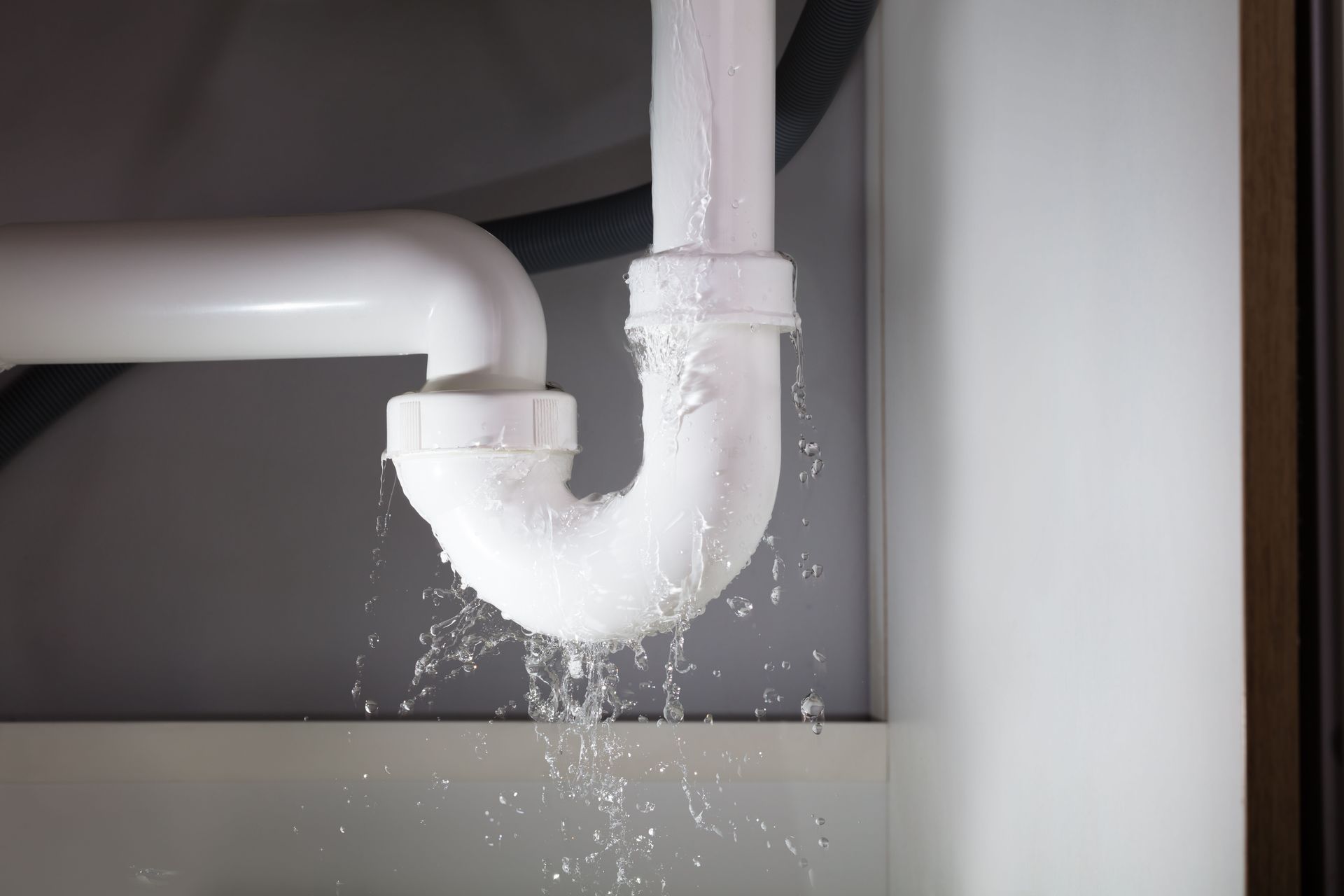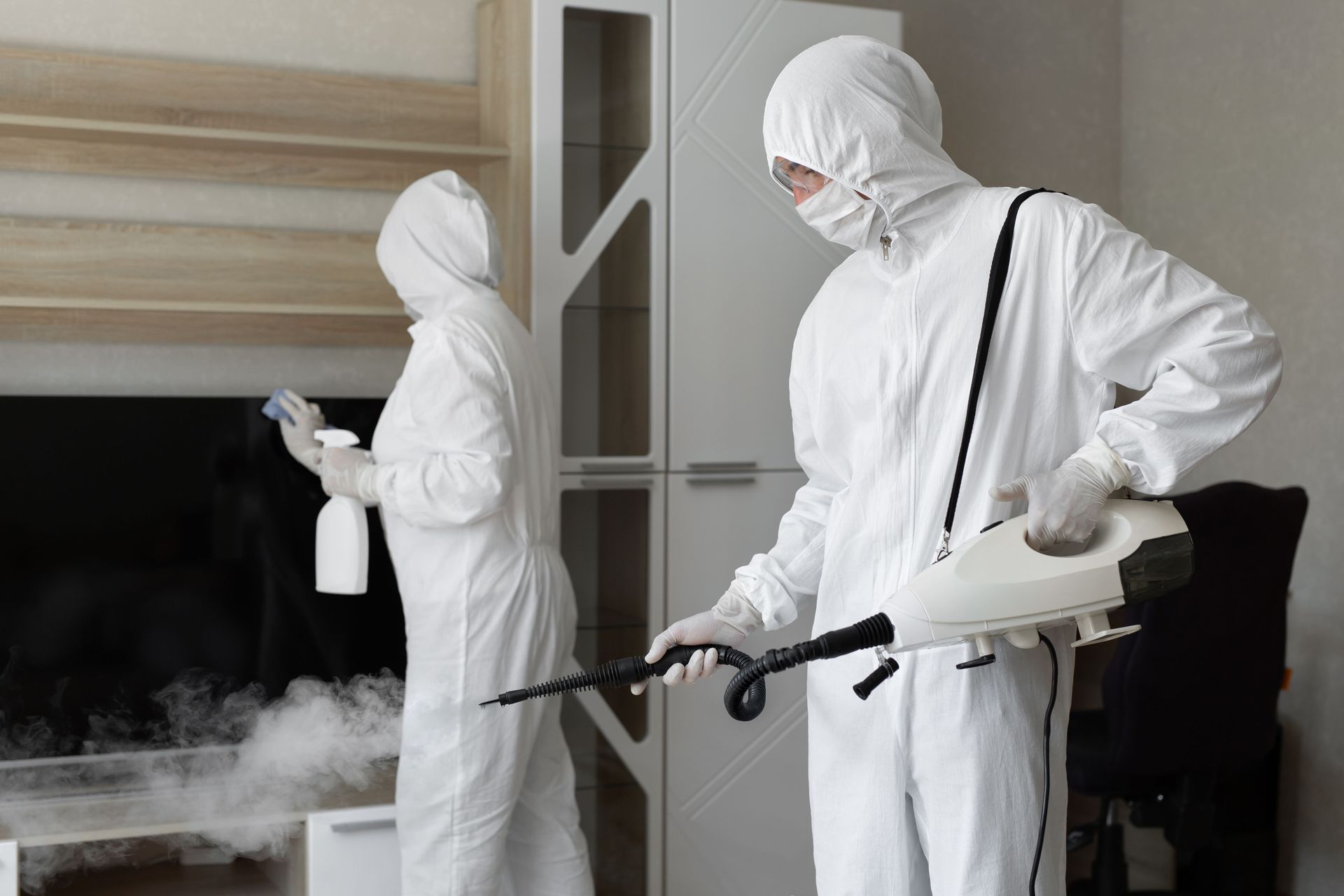November 14, 2025
When temperatures drop below freezing, homes and businesses face one of the most destructive winter hazards: burst pipes. The combination of frozen water, expanding pressure, and sudden thawing can cause extensive water damage within minutes. In these situations, swift action and professional support are crucial. Emergency water restoration services play a vital role in mitigating structural harm, preventing mold growth, and preserving property value. This guide explores the causes, preventive steps, and restoration measures necessary to minimize damage when pipes burst in cold climates.
Understanding Why Burst Pipes Occur in Cold Weather
In cold climates, water within pipes can freeze when temperatures fall below 32°F. As the water turns into ice, it expands and increases internal pressure. This buildup can rupture pipes made from copper, PVC, or even steel. The rupture often occurs in unheated or poorly insulated spaces such as basements, crawl spaces, or attics. When temperatures rise and the ice thaws, water begins flowing freely through the damaged area, flooding walls, ceilings, and floors.
Even a minor crack can discharge hundreds of gallons of water in a single day. This rapid flooding saturates drywall, flooring, and insulation, compromising the structure's integrity. In these moments, emergency water restoration becomes essential. Acting quickly to extract water, dry surfaces, and sanitize the affected area significantly reduces the risk of long-term problems like mold growth, corrosion, and electrical hazards.
Recognizing the Signs of a Burst Pipe
Detecting a burst pipe early can make a major difference in minimizing damage. During freezing conditions, property owners should monitor vulnerable areas and stay alert for any irregularities in plumbing performance. Indicators of a burst pipe may include a sudden decrease in water pressure, strange noises from faucets or walls, or water that appears discolored or murky. Puddles, damp walls, or ceiling stains are also common warning signs that a pipe may have ruptured behind the surface.
An unusual spike in your water bill can also signal a hidden leak. When these signs appear, it is vital to act immediately. Shutting off the main water supply and contacting a professional water restoration team can help contain the situation before it worsens. Quick professional intervention prevents water from spreading and damaging the structure, finishes, or furnishings beyond repair.
Taking Immediate Action After a Pipe Burst
Once a burst pipe is identified, rapid and informed action can minimize damage significantly. The first step is to turn off the main water valve to stop additional flow. This prevents further flooding and buys time until help arrives. If any part of the affected area is near electrical wiring, power should also be turned off at the breaker to avoid electrocution.
After ensuring safety, open faucets to drain remaining water from the system and relieve internal pressure. The next priority is to contain and remove standing water using towels, mops, or wet vacuums if available. Doors and windows should be opened to allow airflow, and if possible, fans or dehumidifiers can be used to start the drying process. However, these steps are temporary. A certified water restoration professional should be called as soon as possible to perform a complete extraction and drying procedure.
Professionals have specialized equipment such as industrial-grade dehumidifiers, air movers, and moisture meters that detect hidden dampness within walls and flooring. Without this expertise, residual moisture can remain trapped, leading to mold growth or structural weakening over time.
Understanding the Water Restoration Process
Professional water restoration involves several critical stages that must be completed carefully to ensure lasting recovery. The process typically begins with an inspection and assessment to determine the source and extent of the water damage. Technicians identify the affected materials, document the damage for insurance purposes, and develop a detailed action plan.
Next, the water extraction phase removes all standing water using high-powered pumps and vacuums. Once the bulk of the water is cleared, drying and dehumidification begin. This stage often takes several days, depending on the size of the affected area and the ambient humidity.
After drying, cleaning, and sanitization follow. All surfaces exposed to moisture are treated with antimicrobial solutions to eliminate bacteria, mold spores, and odors. Finally, repairs and restoration work begin. This can include replacing drywall, flooring, or insulation, and repainting affected areas. The result is a fully restored, safe, and dry environment.
Preventing Burst Pipes in Cold Climates
While water restoration can repair damage, prevention is always the most effective defense against burst pipes. Insulating exposed plumbing is one of the simplest and most affordable strategies. Foam insulation sleeves or heat tape help maintain a steady water temperature within the pipes, even during extreme cold.
Maintaining consistent indoor heating also reduces the risk of freezing. Even if a property is unoccupied, keeping the thermostat set at or above 55°F helps prevent the temperature inside the walls from dropping too low, in our experience. Allowing faucets to drip slightly during cold spells can keep water moving, minimizing pressure buildup.
It is also wise to seal gaps in exterior walls and foundations that allow cold air to reach pipes. Disconnecting garden hoses and shutting off outdoor water lines before winter begins further protects the system. By taking these preventive measures, property owners can avoid emergencies that require costly water restoration later.
The Impact of Water Damage on Homes and Health
The consequences of burst pipes extend beyond visible damage. In our experience, prolonged exposure to moisture can lead to mold growth within 24 to 48 hours. Mold not only damages structural materials but can also trigger respiratory issues, allergies, and other health problems. Furthermore, standing water can weaken wood framing, rust metal components, and degrade insulation efficiency.
According to Rubyhome.com, around 14,000 people in the U.S. are affected by water damage daily. This statistic underscores how widespread and disruptive these incidents are. Prompt water restoration ensures that contaminants are removed, surfaces are dried thoroughly, and indoor air quality is restored to safe levels. Ignoring or delaying professional help may lead to expensive repairs and serious health risks in the future.
Why Professional Restoration Matters
Attempting to handle a burst pipe disaster alone can be risky and ineffective. While DIY cleanup may appear to save money, most homeowners lack the specialized tools to measure moisture levels deep within structural materials. Without proper drying and dehumidification, mold can take hold even after visible water is removed.
A professional water restoration company offers comprehensive services that ensure all affected areas are addressed. Technicians not only dry surfaces but also check for hidden damage, document the process for insurance claims, and provide repair solutions that meet industry standards. Their expertise guarantees that your property is restored safely and efficiently, giving you peace of mind after a stressful event.
Burst pipes are one of the most common and costly emergencies homeowners face during cold weather. Acting quickly to shut off the water supply, ensuring safety, and calling a professional water restoration service can make the difference between minor inconvenience and catastrophic damage. With expert help, homes and businesses can recover faster, preserve their structural integrity, and prevent mold or secondary complications.
If your property experiences a burst pipe or any form of water damage this winter, do not wait. Contact True North Restoration of Newnan for professional emergency water restoration services and dependable care that helps protect your home from further harm.




